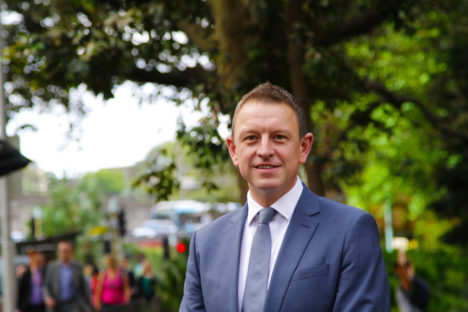JCDecaux’s CCO Max Eburne: ‘OOH is stronger than ever before’
With the COVID-19 restrictions easing, Mumbrella’s Emma Shepherd chats to JCDecaux’s chief commercial officer, to discuss how the OOH sector is bouncing back from a significant revenue loss over the last two years, and how the industry is ‘stronger than ever’ coming into 2022.
As COVID-19 restrictions ease and the advertising industry attempts to make a full recovery from some significant financial losses over the past two years, the out-of-home industry is said to be coming back in full force, admits JCDecaux, chief commercial officer, Max Eburne.
“We’re definitely starting to realise that audiences are definitely now coming back and out-of-home is stronger than ever before, with an increased demand for portrait video,” Eburne tells Mumbrella.

JCDecaux CCO, Max Eburne. (Pictured)

